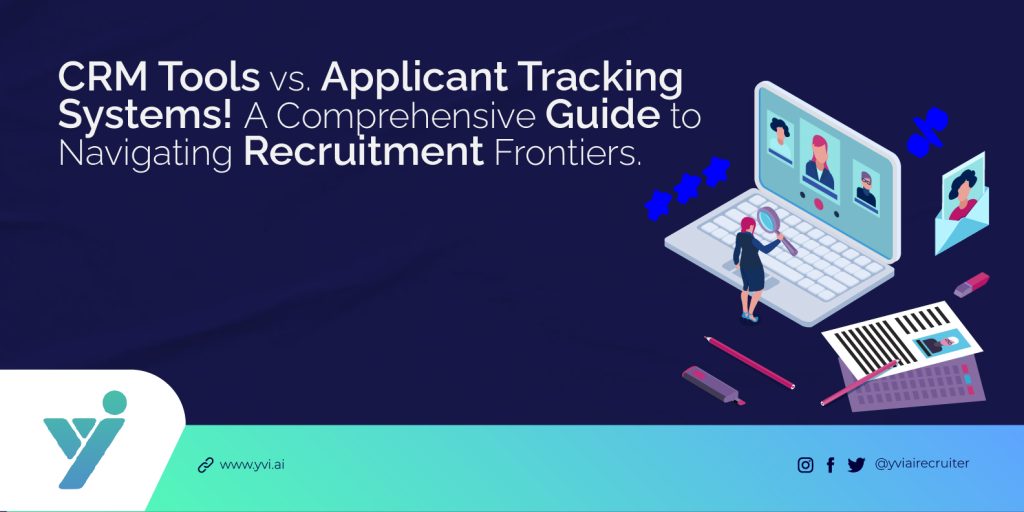In the dynamic world of recruitment, finding the right tools to manage candidate data and streamline the hiring process is crucial. Two powerful contenders, Candidate Relationship Management (CRM) tools and Applicant Tracking Systems (ATS), stand out. We’ll discuss the differences between these systems and help you navigate the recruitment landscape effectively.
Understanding the Basics:
- CRM Tools:
- Focus: Primarily on building and managing relationships with candidates.
- Functionality: Designed for proactive outreach, engagement, and fostering long-term connections.
- Key Features: Communication tracking, candidate nurturing, and relationship analytics.
- Applicant Tracking Systems (ATS):
- Focus: Mainly on managing the application and hiring process.
- Functionality: Tailored for job posting, resume parsing, and managing candidate progress through the hiring pipeline.
- Key Features: Application sorting, interview scheduling, and compliance management.
Choosing the Right Fit:
- When to Choose CRM:
- You prioritize building a talent pipeline and maintaining long-term relationships with candidates.
- Proactive recruitment strategies, such as talent pooling and continuous engagement, are essential for your hiring process.
- Your organization emphasizes a personalized approach to candidate communication.
- When to Choose ATS:
- Your primary focus is on efficiently managing the application and hiring process.
- Your hiring process involves a high volume of applications, requiring streamlined sorting and tracking capabilities.
- Compliance and reporting are critical components of your recruitment strategy.
The Synergy:
- CRM and ATS Integration:
- Leveraging the strengths of both systems can provide a comprehensive solution for end-to-end recruitment.
- Integration ensures a seamless flow of candidate data from relationship-building to application management.
Best Practices:
- Define Your Recruitment Goals:
- Clearly outline your organization’s recruitment goals to identify whether CRM, ATS, or a combination of both is the ideal solution.
- Evaluate Integration Capabilities:
- Consider how well the chosen tools integrate with your existing systems to ensure a smooth workflow.
- User Adoption and Training:
- Prioritize user adoption by providing adequate training to your recruitment team for optimal utilization of the chosen tools.
Conclusion:
In the evolving recruitment landscape, the choice between CRM tools and ATS depends on your organization’s unique needs and objectives. Whether you prioritize relationship-building or streamlined application management, understanding the strengths of each system is critical to navigating the recruitment landscape effectively. Consider a tailored approach or explore integration options to create a robust recruitment strategy that aligns with your goals.



